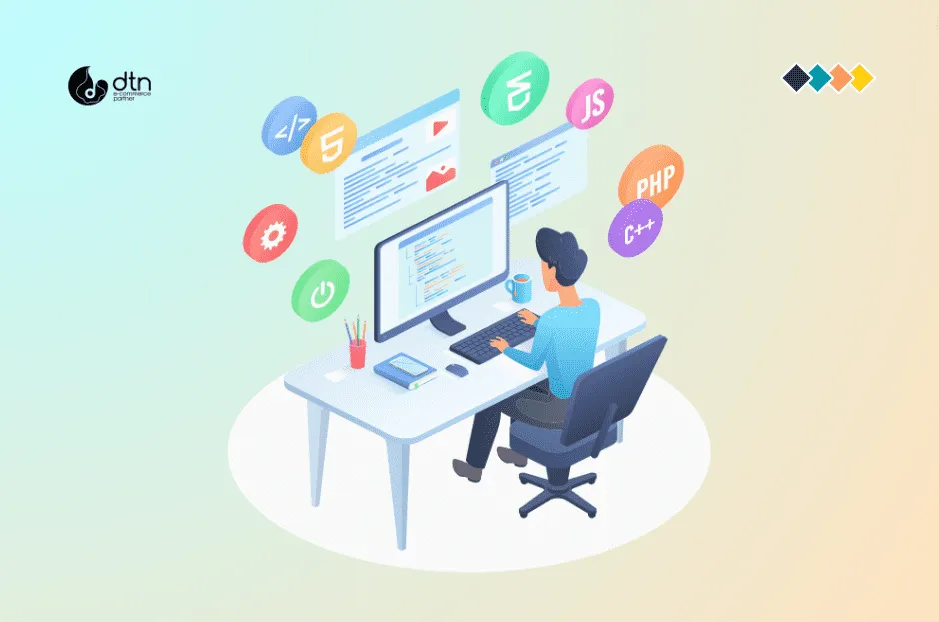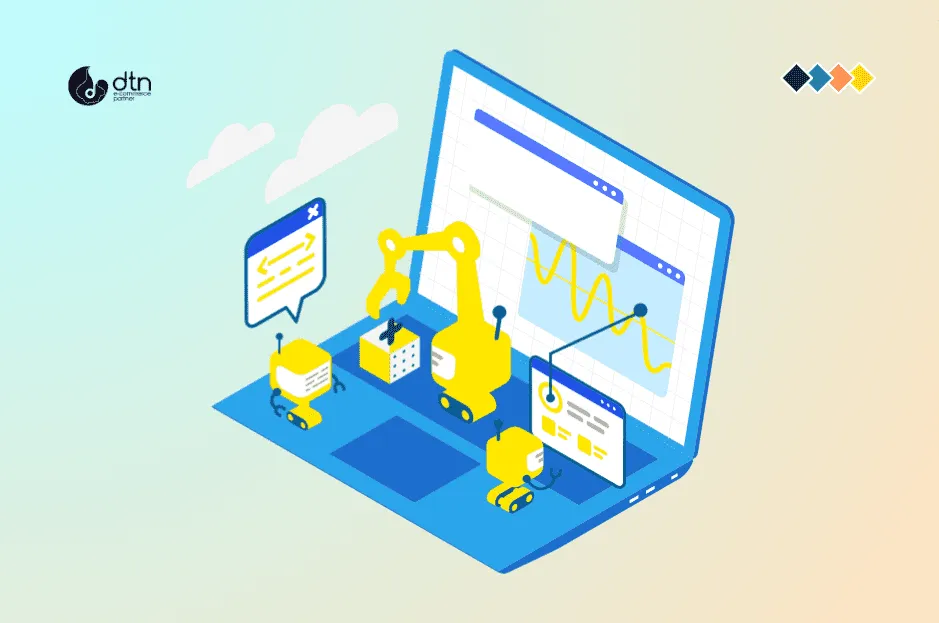Custom vs. Off-the-Shelf Software: Which is Right for Your Business? When it comes to choosing between custom software and off-the-shelf software, many companies face a dilemma. To help you make an informed decision, let’s dive into the pros and cons of each option and provide some key considerations to guide your choice.
Table of Contents
Custom Software: Tailored to Your Unique Needs
Pros
- Customization: Custom software is designed specifically for your business, addressing your unique requirements and pain points. It can be tailored to match your exact processes, workflows, and data structures.
- Flexibility: Custom software allows for ongoing customization and updates as your business evolves. You can easily add new features, modify existing ones, or integrate with other systems as needed.
- Scalability: Custom software can be scaled to accommodate your growing business needs. It can handle increased data volumes, user traffic, and complex operations without compromising performance.
- Security: Custom software can be developed with enhanced security measures, protecting your sensitive data from unauthorized access and cyber threats.

Cons
- Cost: Custom software development can be more expensive than off-the-shelf solutions, especially for small businesses with limited budgets.
- Time: Developing custom software takes time, from gathering requirements to testing and deployment. You may need to wait several months or even years before the software is ready for use.
- Complexity: Custom software can be complex to manage and maintain, requiring specialized technical expertise. This circumstance could result in increased ongoing expenses and potential periods of downtime.
Off-the-Shelf Software: Ready-to-Use and Cost-Effective
Pros
- Affordability: Off-the-shelf software is typically more affordable than custom software, making it a cost-effective option for businesses with limited budgets.
- Quick Implementation: Off-the-shelf software is readily available and can be implemented quickly, allowing you to start using it almost immediately.
- Ease of Use: Off-the-shelf software is designed to be user-friendly, with intuitive interfaces and comprehensive documentation. This makes it easy for employees to learn and use the software without extensive training.
- Updates and Support: Off-the-shelf software providers regularly release updates and offer technical support, ensuring that the software remains up-to-date and functional.

Cons
- Limited Customization: Off-the-shelf software is designed for a broad range of users, so it may not perfectly align with your specific business needs.
- Scalability: Off-the-shelf software may not be scalable enough to accommodate significant growth or changes in your business operations.
- Security: Off-the-shelf software may not have the same level of security as custom software, making it more vulnerable to cyber threats.
Key Considerations for Making Your Choice
- Business Needs: Clearly define your business requirements, pain points, and future goals. Assess whether a custom or off-the-shelf solution can best address these needs.
- Budget: Consider your budget constraints and determine how much you are willing to invest in software development or purchase.
- Timeline: Evaluate the urgency of your software needs. If you require a quick solution, off-the-shelf software may be a better choice.
- Technical Expertise: Assess your in-house technical capabilities. If you lack the expertise to manage and maintain custom software, off-the-shelf software with dedicated support may be more suitable.
- Scalability: Consider your future growth plans and whether the software can scale to meet increasing demands.
- Security: Evaluate the importance of data security and compliance in your industry. Custom software can provide enhanced security measures tailored to your specific needs.
- Integration: Determine if you need to integrate the software with other systems or applications. Custom software can be seamlessly integrated with your existing infrastructure.
- Customization: Assess the level of customization required for your business processes and workflows. If you need a highly tailored solution, custom software may be the better option.
- Long-Term Cost: Consider the total cost of ownership over the software’s lifetime, including development, implementation, maintenance, and upgrades.
- Vendor Reputation: If opting for off-the-shelf software, research the vendor’s reputation, customer reviews, and track record of support.

Conclusion
Choosing between custom and off-the-shelf software is a strategic decision that requires careful consideration of your business needs, budget, timeline, technical expertise, and future plans. By weighing the pros and cons of each option and evaluating key factors, you can make an informed choice that aligns with your long-term goals and ensures the success of your software implementation.
Frequently Asked Questions
We’ve compiled a list of answers to common questions.
How does off-the-shelf software differ from custom software in terms of affordability?
Off-the-shelf software is generally more affordable upfront compared to custom software, making it a cost-effective option for businesses with limited budgets. However, custom software may offer a better return on investment over time due to its tailored functionality and potential for long-term efficiency gains.
Businesses should consider factors such as their unique business needs, budget constraints, timeline for implementation, available technical expertise, scalability requirements, security concerns, integration capabilities, level of customization needed, long-term cost considerations, and the reputation of software vendors.
Custom software development allows businesses to tailor the solution precisely to their specific requirements, processes, and workflows. This level of customization ensures that the software aligns closely with the organization’s needs, providing a more efficient and effective solution compared to off-the-shelf alternatives with limited customization options.
Scalability is an essential consideration for businesses planning for growth or changes in their operations. Custom software can be designed to scale along with the organization, accommodating increased data volumes, user traffic, and evolving business needs. In contrast, off-the-shelf software may have limitations in scalability, potentially hindering future expansion efforts.
Businesses can enhance the security of their software solution by implementing best practices such as data encryption, access controls, regular security audits, and compliance with industry regulations. For custom software, businesses can work closely with developers to incorporate robust security measures tailored to their specific requirements. Additionally, for off-the-shelf software, choosing reputable vendors with a track record of prioritizing security and providing timely updates is crucial.
Long-term considerations include total cost of ownership, which encompasses development, implementation, maintenance, and upgrade costs over the software’s lifetime. Businesses should also evaluate factors such as ongoing support and vendor reputation, ensuring that their chosen software solution can effectively meet their evolving needs and provide value in the long run.
Businesses should assess their integration requirements, considering the need to seamlessly connect the software with existing systems, applications, or third-party services. Custom software offers greater flexibility for integration, as it can be designed to interface with specific APIs or data formats. In contrast, off-the-shelf software may have limitations in integration options, requiring businesses to evaluate compatibility and potential customization efforts to achieve desired interoperability.



